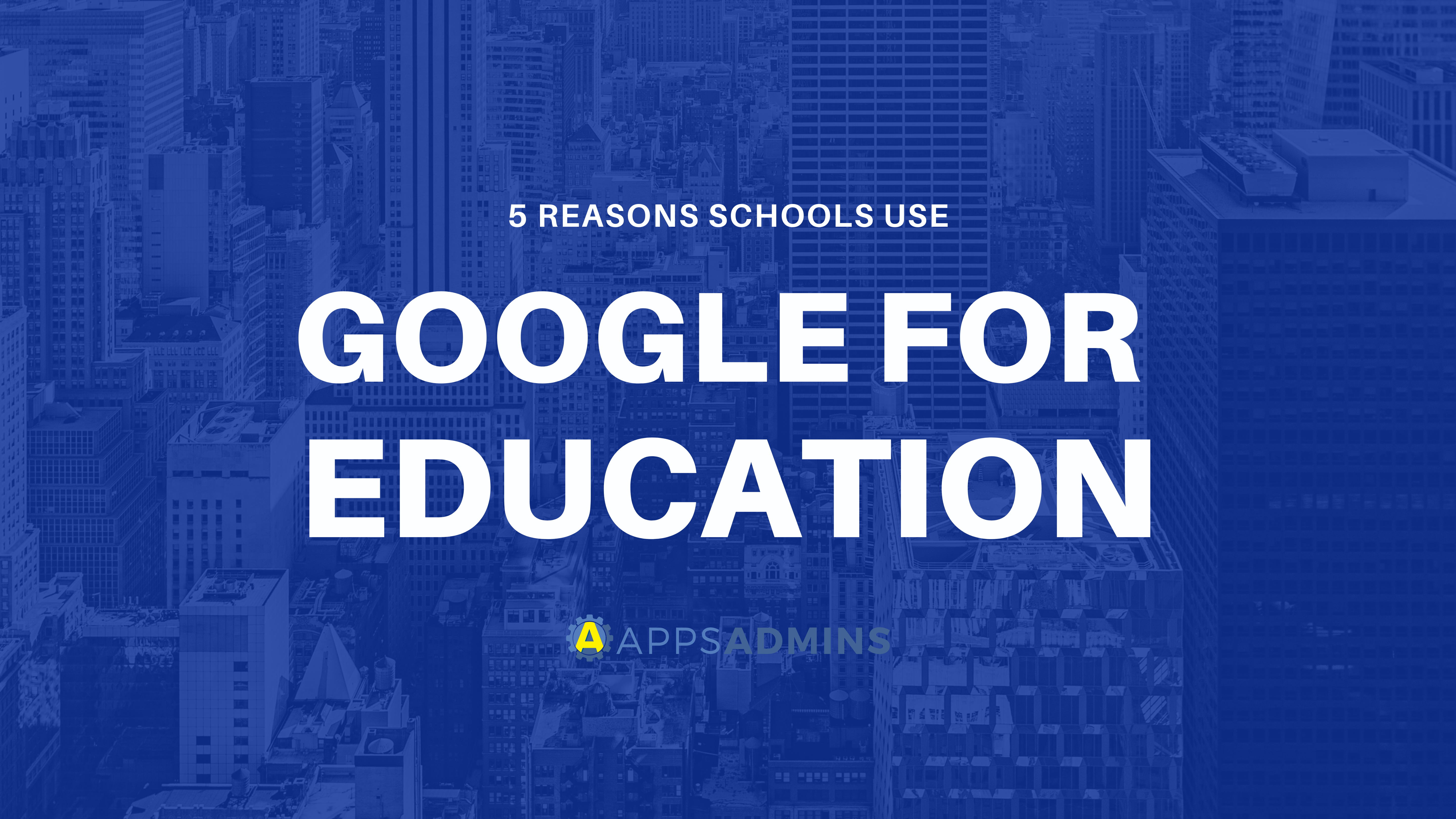G Suite Business Free for 30 Days
Sign up for a Free 30 Day Trial of G Suite Business and get Free Admin support from Google Certified Deployment Specialists.

This guide was developed with the help of environments who have used chromebooks for education in their schools. Remember, these are plainly just suggestions on how to develop your plan and not a repressive one-size-fits-all system. To learn more, try speaking with your technology vendor or partner or other surrounding districts who have made Google devices a part of their learning structures!
Perform an Initial Assessment of Technology
Start getting a general understanding of what teachers and students are doing nowadays with technology. Ask yourself questions like "How much technology is already built into your curriculum and how so?"
Clearly express why you want to bring technology to your school or classroom, and the goals of it. Think:
- What are the curricular results you hope to achieve?
- How will you to track them?
Survey teachers and find out their views on technology. Seeing how often they use web applications for student learning can help determine what the best tools are for teachers to develop a professional learning environment for students.
Visit schools who agree with the idea of chromebooks for education and have already implemented devices into their school curriculum to see what it'll look like in your school.
Ensure that you're ready to handle the chromebooks. Before bringing in the devices, ensure that you have a robust technical infrastructure and wireless network. Since you could potentially be using 60+ devices at one time, you must have a bandwidth sufficient enough to handle that. There's no point in joining a movement for chromebooks for education if the chromebooks themselves won't perform the duties they're supposed to!
Develop A Strategic Plan for Chromebooks
Form a committee. You can't do it all by yourself, so get some colleagues together and discuss a plan what you're trying to achieve. In this committee, you will identify your main stakeholders for alignment and support, and set up a plan for engagement for those stakeholders. You will also survey your students to get an understanding with their access to technology, then discuss a way to fund and manage the implementation of chromebooks itself, and if you're putting the movement into action at the right time.
Using the information you discussed with your committee, refine the plan that you initially came up with in the beginning.
Implementing The Chromebook Pilot Program
Identify your goals and how you're going to track them. Ask questions like "Are you using the device to meet the curriculum goals from Section 1?" and "Are the content and devices increasing student engagement?"
Get a group of teachers together to pilot the program, choosing a mix between tech savvy and non tech savvy individuals. Give them access to the devices before your students do, and encourage them to take risks, since that's okay during the pilot phase. Then form a parent advisory group to see how the devices affect students in their home lives.
Now, do a post survey to get useful feedback that will be extremely when you implement the chromebooks for education.
Selecting The Right Chromebook brand or BYOD
Think about whether you'd like to provide students with devices or if you'd want to have a Bring Your Own Device (BYOD) arrangement. There are good aspects to each option, so you can choose which will work best for your situation.
If you decide to provide devices, then choose if you want to standardize one device, or use different ones in different departments. For example, chromebooks in math and tablets in science. Then, create a list of requirements you're looking for in a device.
Over-invest in Training Your Teachers
Create a plan and set up a tech integration team. Set up a "Kick-Off" meeting to explain your visions to district leaders and staff. Let the teachers know that the chromebooks don't have to be used for every part of the classroom, only when it's appropriate. Using chromebooks for education does not mean that they take over every part of education.
Introduce people to a chrome browser by having them download chrome to their current devices. Then give them access to Google Play for Education so they can browse classroom content.
Make sure that teachers understand how to use the technology, and if they don't set up a clinic to help them understand it. Lead by example, and show that you know how to use it yourself.
Continue to use a variety of tools to ensure that your teachers are comfortable using technology, and will know how to use it when it's time to start using chromebooks for education for the students.
Ensuring a Successful Deployment
Come up with a plan, along with rules for safe technology use. Also, don't forget to think about the little things like logistics, insurance, filtering options, and tech support; these are beneficial to the success of your deployment!
Hopefully, this guide was helpful to you and your implementation goes off without a hitch!
.jpg?width=818&name=appsadmins-svg-rules-1%20(2).jpg)







